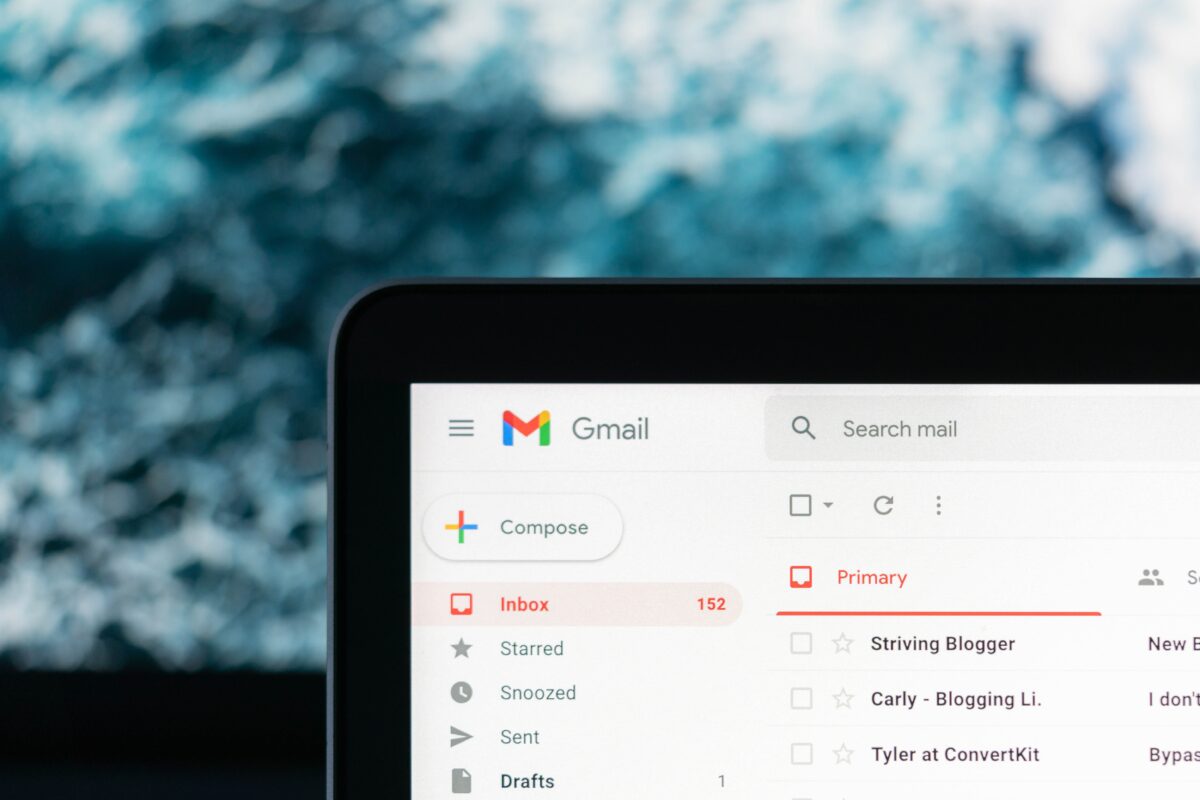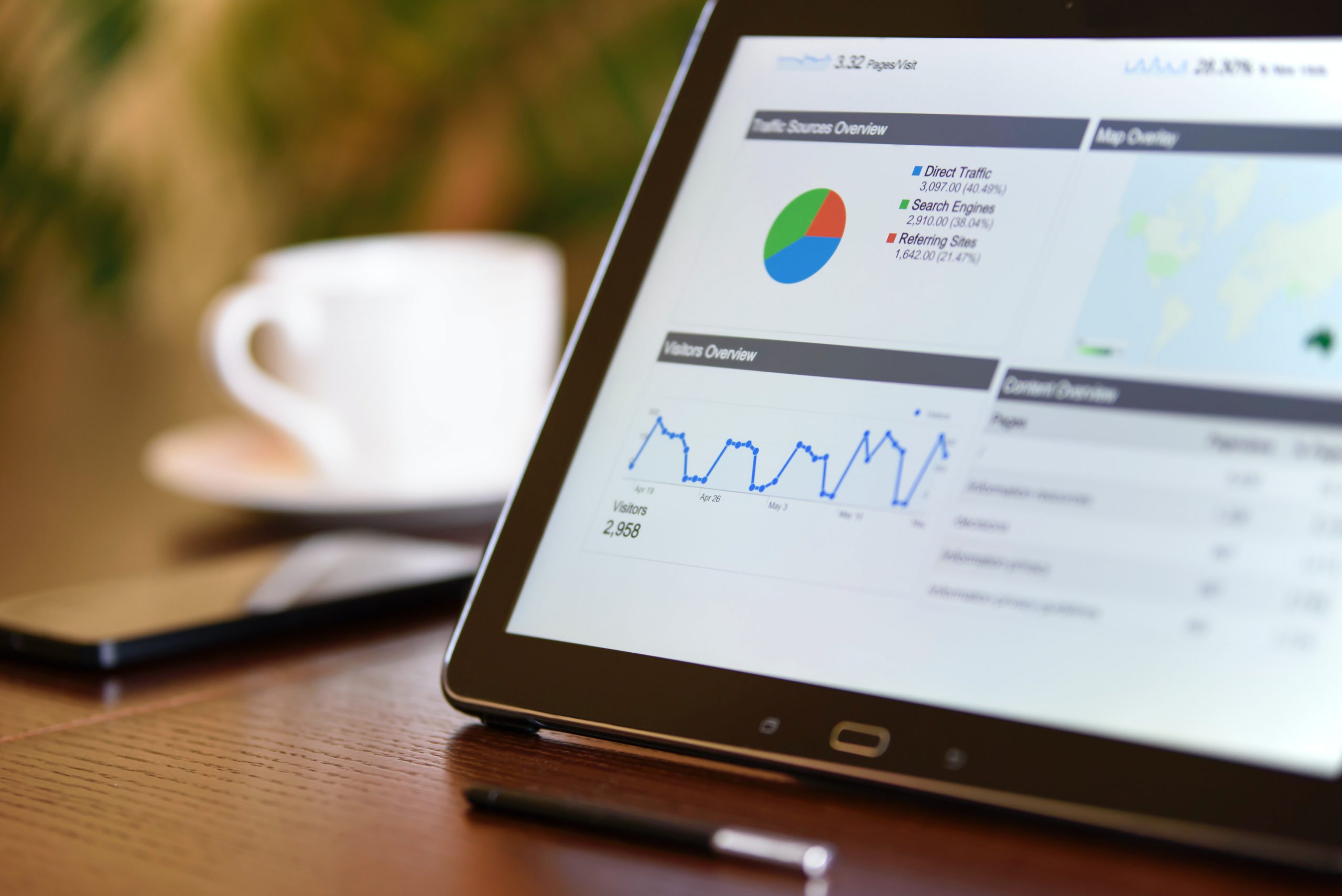Email marketing automation can level up your campaign results, but it’s important to personalize your content as much as possible. Fortunately, it is possible to use automated email personalization. Simply put, email marketing automation transforms the manual sending of marketing emails into an automatic workflow … Continue reading “6 tips for automated email personalization”
Elevate your marketing with dynamic content in emails
Email remains a stalwart channel for reaching and engaging with customers. However, with inboxes inundated with messages daily, it’s becoming increasingly challenging for marketers to capture and retain their audience’s attention. Enter dynamic content in emails—a game-changer for enhancing email marketing campaigns and driving better … Continue reading “Elevate your marketing with dynamic content in emails”
7 top benefits of email personalization
Sending emails is a powerful way to reach and engage with clients, but email personalization can level up your efforts and drive better results. In general, email marketing is about 40 times more effective as a customer acquisition strategy than relying on Facebook or Twitter. … Continue reading “7 top benefits of email personalization”
Email checklist: 8 things to check before sending
Even the smallest mistakes in your marketing emails can ruin an entire campaign. There’s nothing worse than the feeling of hitting “send” and then realizing that you sent the wrong link to your entire contact list. It happens more often than you might think. About … Continue reading “Email checklist: 8 things to check before sending”
Personalized Email – 6 Benefits for Better Results
Personalized email marketing is an effective way to drive better results from your efforts. Personalization was once viewed (and treated) as a one-size-fits-all mass messaging tactic. But email marketing has evolved to focus more on relevant content, segmentation and personalization so that the right message … Continue reading “Personalized Email – 6 Benefits for Better Results”
8 benefits of personalization in your digital marketing
Now more than ever, consumers want businesses to treat them as individuals. Personalization in your digital marketing can help. In fact, personalization allows you to show that you really know your customers and can create unique experiences for them across platforms. Personalized marketing, otherwise known … Continue reading “8 benefits of personalization in your digital marketing”
Email marketing Do’s and Don’ts – 11 Strategies to Follow
Email marketing is an important tool in your digital marketing toolkit and it’s important to understand the email marketing do’s and the email marketing dont’s. Not only is it continuing to grow in popularity, but it’s powerful. About 92 percent of online adults use email, … Continue reading “Email marketing Do’s and Don’ts – 11 Strategies to Follow”
Increase your email open rates with these 8 strategies
What is email open rate? Email open rate is the number of unique opens divided by the total number of delivered emails. How open rate is calculated If you sent an email to 1,000 recipients: 965 emails were delivered 35 emails bounced 175 unique opens The … Continue reading “Increase your email open rates with these 8 strategies”








